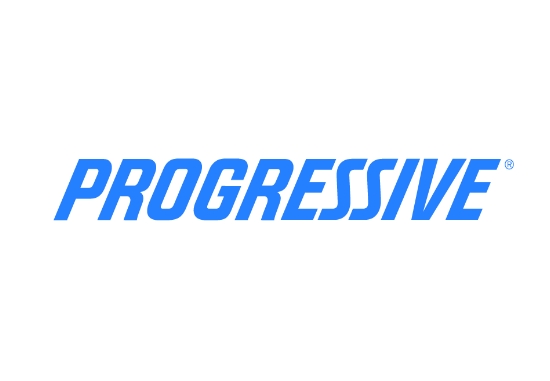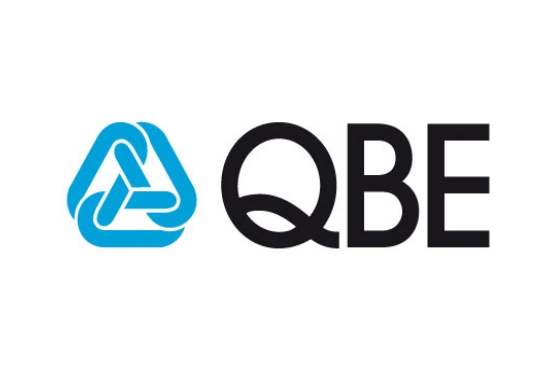How to calculate insurance?
How to Calculate Insurance: A Comprehensive Guide
Understanding how to calculate insurance premiums is crucial for both individuals and businesses seeking to protect their assets while managing costs effectively. Insurance calculations involve a mix of risk assessment, policy details, and market factors. In this comprehensive guide, we’ll delve into the intricacies of calculating insurance premiums, covering various types of insurance and providing actionable insights to help you navigate this essential aspect of financial planning.
Understanding Insurance Premiums
What is an Insurance Premium?
An insurance premium is the amount of money charged by an insurance company for coverage. This payment is typically made monthly, quarterly, or annually. The premium is the insurer’s income to cover claims, administrative costs, and generate profit.
Factors Influencing Insurance Premiums
Several factors influence the cost of insurance premiums, including:
- Type of Insurance: Different types of insurance (auto, home, health, life, business) have unique risk factors and pricing models.
- Coverage Amount: The higher the coverage amount, the higher the premium.
- Deductible: The amount the policyholder must pay out-of-pocket before the insurance company pays a claim. Higher deductibles generally result in lower premiums.
- Risk Profile: Insurers assess the risk associated with the insured entity (individual, property, business) using various criteria.
Types of Insurance and Calculation Methods
1. Auto Insurance
Auto insurance premiums are influenced by:
- Driver’s Age and Gender: Younger drivers and male drivers often face higher premiums due to statistically higher accident rates.
- Driving History: Past accidents, traffic violations, and claims can increase premiums.
- Vehicle Type: Expensive, high-performance, or high-theft-rate vehicles cost more to insure.
- Location: Urban areas with higher traffic and theft rates typically result in higher premiums.
Calculating Auto Insurance
Insurance companies use a combination of statistical data and individual risk factors. The process involves:
- Base Rate Calculation: Insurers start with a base rate determined by broad factors such as location and type of vehicle.
- Risk Factor Adjustments: Adjustments are made based on individual factors like driving history and vehicle usage.
- Discount Application: Any applicable discounts (safe driver, multi-policy) are applied.
2. Home Insurance
Home insurance premiums depend on:
- Property Value: The cost to rebuild the home affects the premium.
- Location: Risk of natural disasters, crime rates, and local building costs impact the premium.
- Home Features: Age of the home, construction materials, and safety features (smoke alarms, security systems) play a role.
- Coverage Level: Extent of coverage for personal property and liability.
Calculating Home Insurance
The calculation involves:
- Replacement Cost Assessment: Estimating the cost to rebuild the home in case of a total loss.
- Risk Factor Analysis: Considering local risks like weather patterns and crime rates.
- Policy Specifics: Adding costs for additional coverages such as personal property, liability, and additional living expenses.
3. Health Insurance
Health insurance premiums are determined by:
- Age: Older individuals typically pay higher premiums due to increased health risks.
- Health History: Pre-existing conditions and medical history influence premiums.
- Coverage Level: The comprehensiveness of the policy, including deductibles and co-pays.
- Location: Healthcare costs vary by region.
Calculating Health Insurance
- Base Rate Calculation: Insurers determine a base rate considering the general population’s health costs in a specific area.
- Risk Adjustment: Adjustments for individual health factors and desired coverage level.
- Subsidies and Discounts: Applying any government subsidies or employer contributions.
4. Life Insurance
Life insurance premiums are affected by:
- Age and Gender: Younger individuals and females generally have lower premiums.
- Health Status: Current health and medical history are crucial factors.
- Coverage Amount and Term: Higher coverage amounts and longer terms increase premiums.
- Lifestyle Factors: Smoking, occupation, and hobbies can raise premiums.
Calculating Life Insurance
- Mortality Tables: Insurers use mortality tables to estimate life expectancy and set base rates.
- Health and Lifestyle Assessment: Adjusting for health conditions and lifestyle risks.
- Policy Features: Considering the type of policy (term, whole life) and any additional riders.
5. Business Insurance
Business insurance includes various coverages like general liability, property, and workers’ compensation. Premiums are based on:
- Industry: Risk level associated with the industry.
- Business Size: Revenue, number of employees, and property value.
- Claims History: Past claims can increase premiums.
- Coverage Needs: Specific coverages required for the business.
Calculating Business Insurance
- Industry Risk Assessment: Evaluating the inherent risks in the business’s industry.
- Business-Specific Factors: Adjusting for size, location, and past claims.
- Coverage Customization: Tailoring the policy to include necessary coverages and limits.
Tips for Lowering Insurance Premiums
- Shop Around: Compare quotes from multiple insurers.
- Bundle Policies: Many insurers offer discounts for bundling multiple policies.
- Increase Deductibles: Opt for higher deductibles to lower premiums.
- Maintain a Good Record: Avoid claims and maintain a good driving record for lower premiums.
- Utilize Discounts: Ask about available discounts (safe driver, home security, non-smoker).
Calculating insurance premiums involves understanding the various factors that insurers consider and how they apply to different types of coverage. By knowing these elements, individuals and businesses can make informed decisions, ensuring they get the best possible coverage at the most affordable rates. Regularly reviewing your insurance needs and working with a knowledgeable insurance agent can also help optimize your premiums and ensure comprehensive protection.
For more detailed information or personalized insurance calculations, consider consulting with an insurance professional who can provide tailored advice based on your specific circumstances.
We will find the best business insurance tailored to your needs. Read more…
Related Posts
Get a Right Insurance For You
SHARE THIS ARTICLE
We will compare quotes from trusted carriers for you and provide you with the best offer.
Protecting your future with us
Whatever your needs, give us a call, have you been told you can’t insure your risk, been turned down, or simply unhappy with your current insurance? Since 1995 we’ve been providing coverage to our customers, and helping people across United States.














